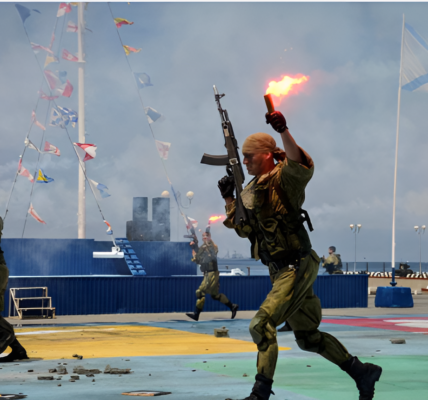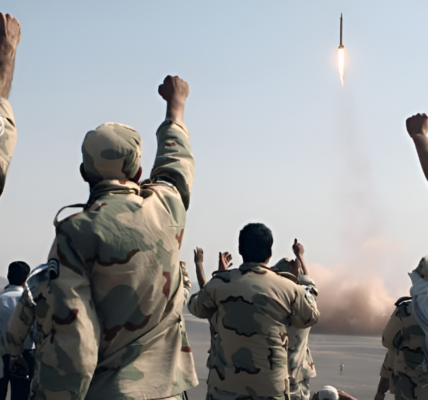The Vulnerability of U.S. Pacific Command Facilities to Missile Strikes: North Korea’s Strategic Advantage

The U.S. Pacific Command (INDOPACOM), headquartered in Hawaii, oversees military operations across 52% of the Earth’s surface, encompassing South and Southeast Asia, Oceania, the Far East, and parts of the Arctic. With its jurisdiction covering several critical U.S. allies, including Japan and South Korea, and adversaries like China and North Korea, it is the second most vital military command center after the Pentagon. However, the vulnerability of these facilities to missile strikes, particularly from North Korea, raises serious questions about the United States’ ability to maintain dominance in the Asia-Pacific region.
Hawaii: A Strategic Bullseye
Hawaii’s importance goes far beyond its hosting of 50,000 U.S. military personnel. As the operational nerve center for INDOPACOM, its facilities are pivotal in coordinating America’s global military presence and alliances. A successful missile strike on Hawaii would plunge U.S. military operations across half the globe into chaos, undermining its capacity to project power and maintain global security.
Regional Bases Under Threat
Beyond Hawaii, U.S. military bases in Japan, South Korea, and Guam house over 70,000 troops and critical assets, including advanced aircraft such as the F-22, F-35, and B-2 bombers. These bases are within range of North Korea’s growing missile arsenal, including short- and medium-range systems capable of overwhelming defense systems like the Patriot missile interceptors. Historical evidence, including poor performance during Iraq’s SCUD attacks, shows that U.S. missile defenses may intercept less than 25% of incoming missiles.
Even more alarming, North Korea’s artillery capabilities put several South Korean-based U.S. facilities at risk, while Guam, a key outpost for power projection, is exposed to long-range strikes. This vulnerability extends to high-value aircraft, which, due to their extensive maintenance requirements, spend most of their time grounded, rendering them easy targets.
Building a Second-Strike Capability
North Korea’s ongoing development of advanced missile systems like the Hwasong-15, capable of reaching the U.S. East Coast, and submarine-launched ballistic missiles (SLBMs) like the Pukguksong-3, highlights its strategic aim to ensure credible second-strike capabilities. By diversifying its nuclear delivery platforms through Gorae-class nuclear submarines, Pyongyang is enhancing the survivability of its arsenal, making a U.S. first strike against its nuclear capabilities nearly impossible without severe retaliation.
The Risk of Losing Credibility
The vulnerability of U.S. facilities to North Korean strikes poses a significant threat not only to American military assets but also to its reputation as a reliable security provider in the region. Allies such as Japan and South Korea, who rely on the U.S. military umbrella, may begin to question America’s ability to defend them, particularly when its own forces are at such risk. Furthermore, any successful North Korean retaliation could deal a severe blow to U.S. regional dominance, a position it has held since the 1940s.
The Stakes of Deterrence
North Korea’s missile program gives it powerful leverage against U.S. military intervention. The possibility of crippling strikes on critical U.S. facilities forces Washington to weigh the risks of escalation carefully. This deterrent capability not only safeguards Pyongyang from military action but also shifts the balance of power in the Asia-Pacific, forcing the U.S. to reassess its strategy in a region increasingly contested by rising powers like China.
As North Korea continues to modernize its missile arsenal and expand its deterrence capabilities, the U.S. military faces mounting challenges in protecting its assets and maintaining its credibility as a security guarantor. The strategic vulnerability of its Pacific Command facilities underscores the fragility of American dominance in a region where the stakes have never been higher.




